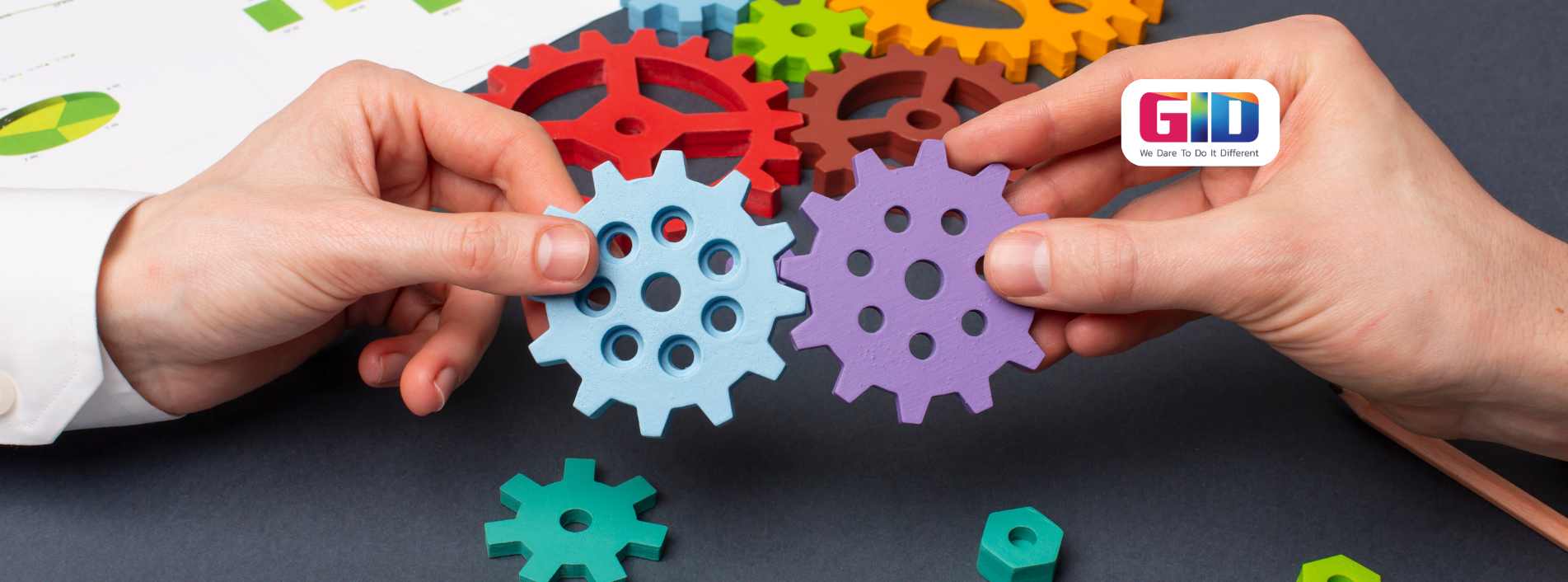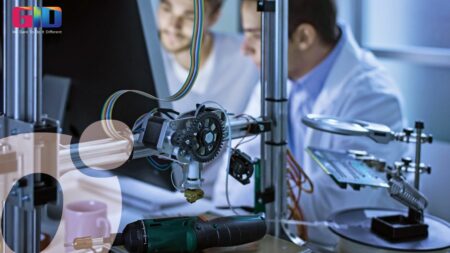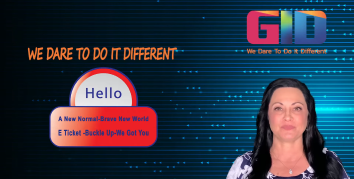The ecosystem of new product development is frequently evolving to meet the changing requirements and preferences of customers. This evolution presents a significant challenge for product design and manufacturing companies to adapt to the fluctuating landscape of new product development. As customer needs shift, the rules for product design and development must also change. Traditional methods that were once cost-effective, high-quality, and diverse are now insufficient to survive the fierce competition prevailing in the current market. The product designers and developers at GID, California, have identified speed and flexibility as crucial aspects for successful new product design and manufacturing within this ecosystem.
Speed, in the context of the ecosystem of new product development, signifies the need for businesses to manufacture new products at regular intervals. Global statistics confirm that this approach is a fundamental source of income for major companies worldwide. Consequently, entrepreneurs are increasingly seeking experienced product development companies that can guide them through the design and development process within this ecosystem.
To understand how the ecosystem of new product development has transformed, it is important to evaluate both traditional and modern design and development approaches. The old approach adhered to a relay race method, where teams or individuals were assigned specific tasks based on their expertise. This method segmented the production system into distinct phases, executed in sequence. A typical process might include idea generation, feasibility tests, product prototyping, pilot production, and final bulk manufacturing.
Modern Approaches in the Ecosystem of New Product Development
Unlike traditional methods that relied on specialization, the modern approach within the ecosystem of new product development emphasizes constant communication and collaboration. Instead of focusing on isolated phases, the new method involves every team member throughout the entire development process. This approach fosters open experimentation and allows any team member to provide feedback at any stage of the product manufacturing process.
This contemporary approach benefits entrepreneurs seeking greater flexibility and more frequent product launches. It challenges the traditional status quo and encourages innovative thinking. Many professionals view this shift positively, as the old method created stability but lacked innovation. The new approach revitalizes the ecosystem of new product development, sparking creativity even in multinational companies.
As this new development approach continues to evolve, several key features are expected to influence the future ecosystem of new product development. These include dedicated teams for each project, enhanced understanding, coverage of various development stages, and refined control mechanisms. This method encourages initiative among employees, allowing them to adapt to the changing needs of new product development rather than adhering to a rigid system.
In today’s fast-paced market, staying ahead within the ecosystem of new product development is not just a competitive advantage but a necessity. Companies that continuously innovate and adapt to changing market conditions can better meet consumer demands and capture new opportunities. By leveraging the latest technologies and methodologies, businesses can enhance their product development processes and remain agile in the face of evolving trends. Embracing this dynamic ecosystem of new product development ensures that companies are not only reacting to market changes but proactively shaping the future of their industries.
Product Manufacturing Company
We are GID, a USA-based product design and manufacturing company dedicated to helping businesses with designing, rapid prototyping, and developing new products from scratch. In today’s competitive market, effective new product development is vital for keeping a brand vibrant and relevant within the ecosystem of new product development.
For free tips and guidelines on new product development, product design, prototype development, and product marketing, feel free to contact GID at 714-323-1052. For a free consultation or to discuss the feasibility of your new product concept, visit GID at www.GIDCompany.com.

















